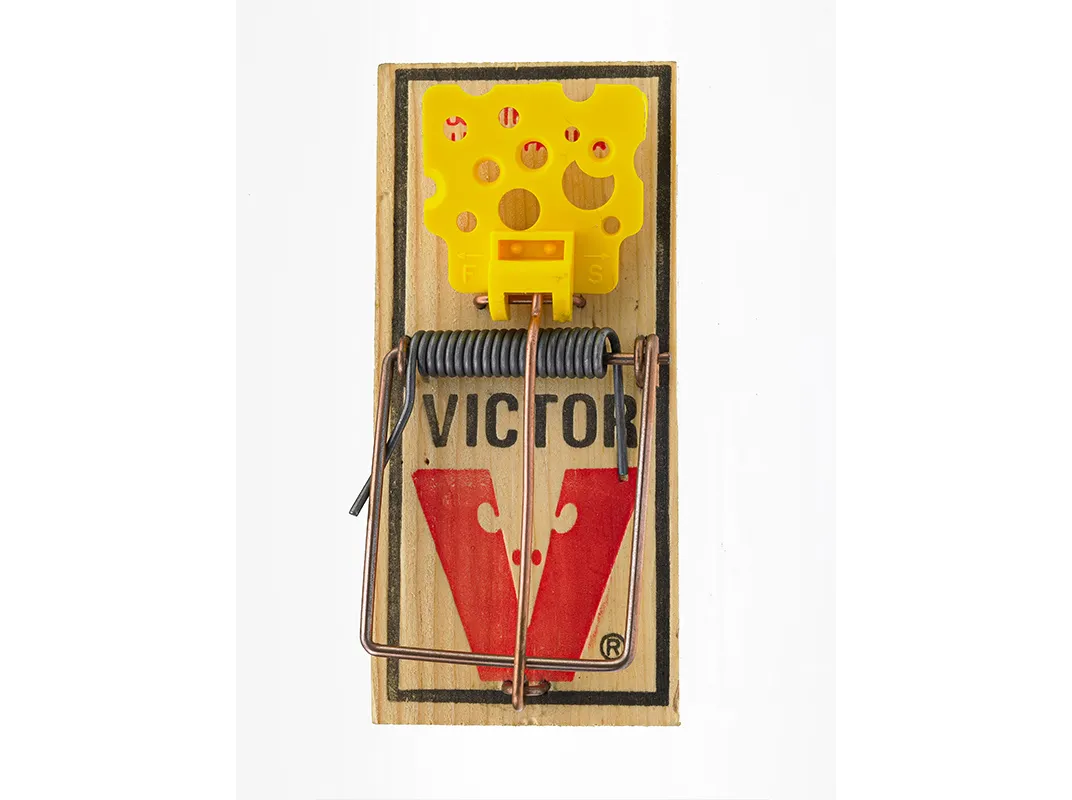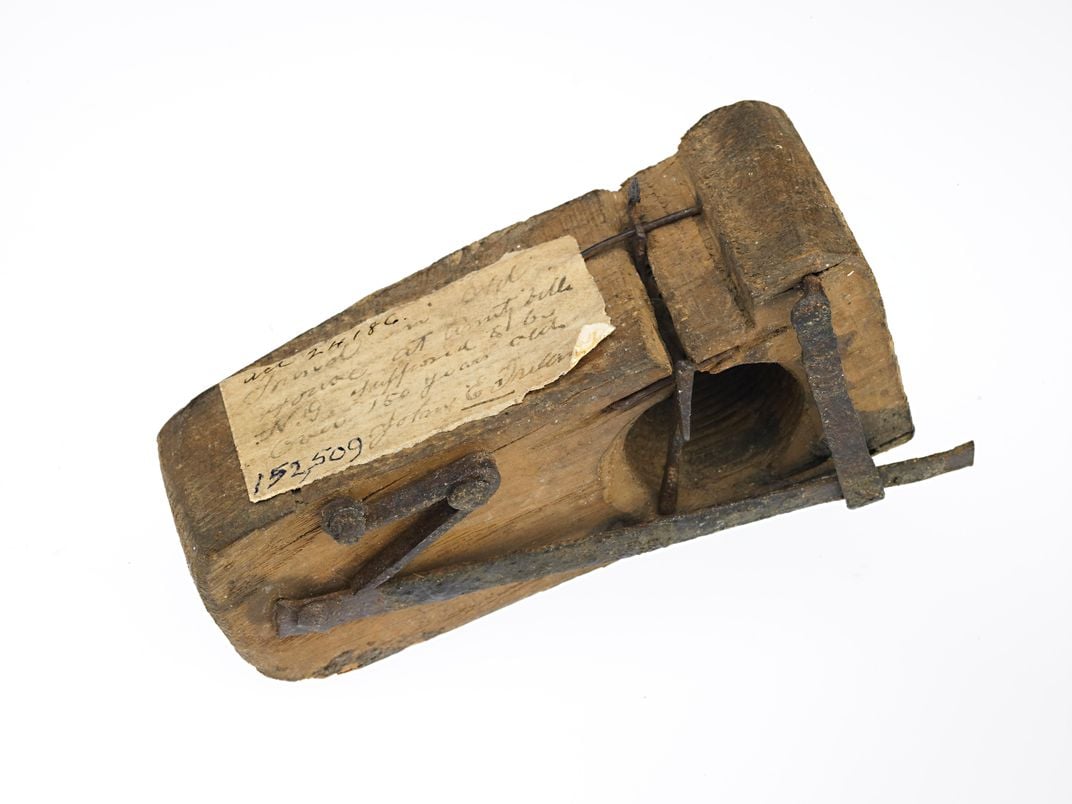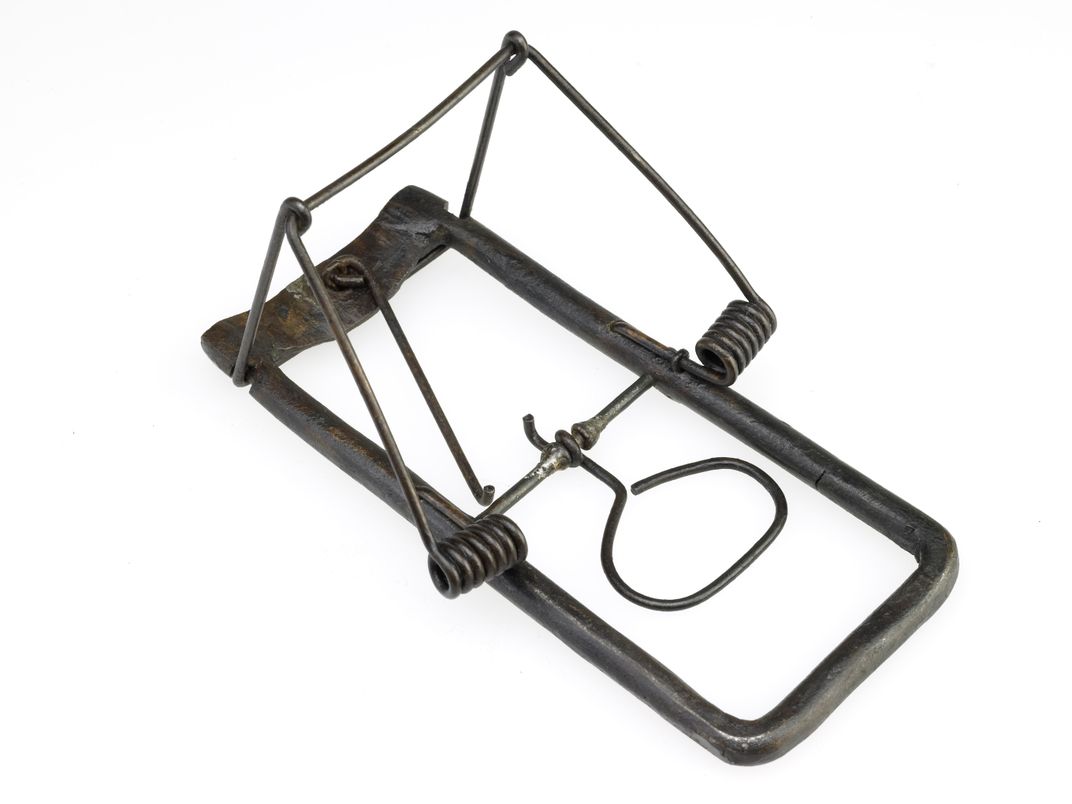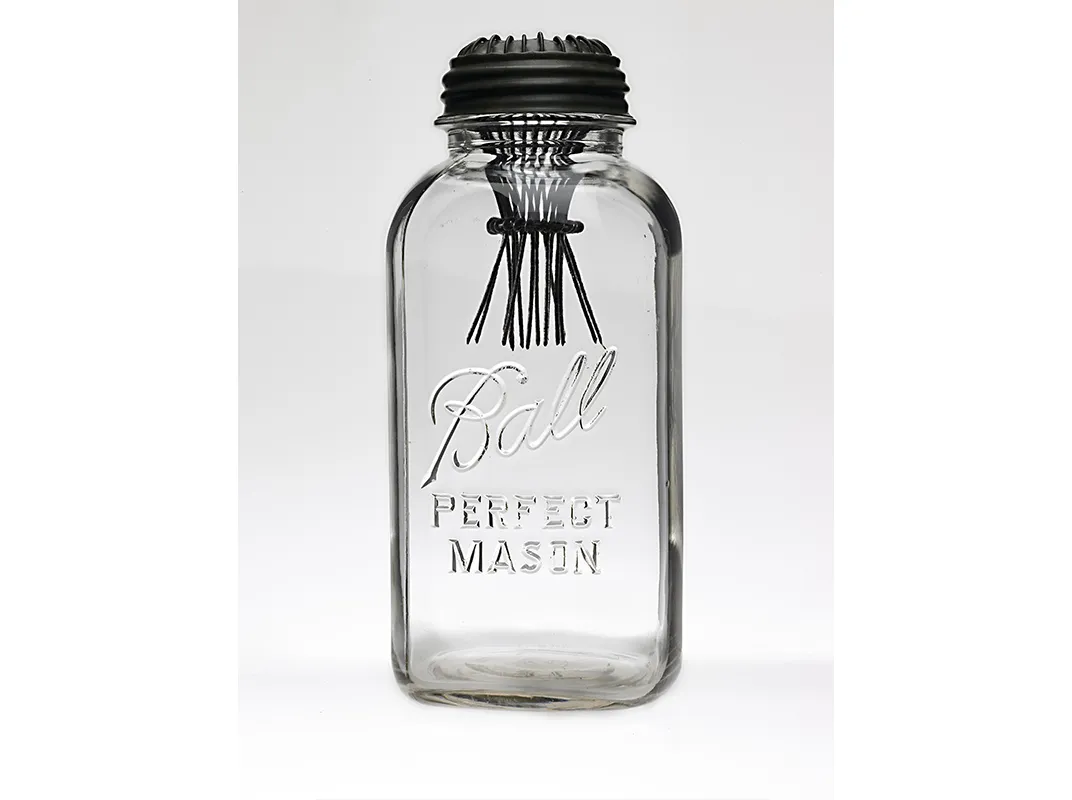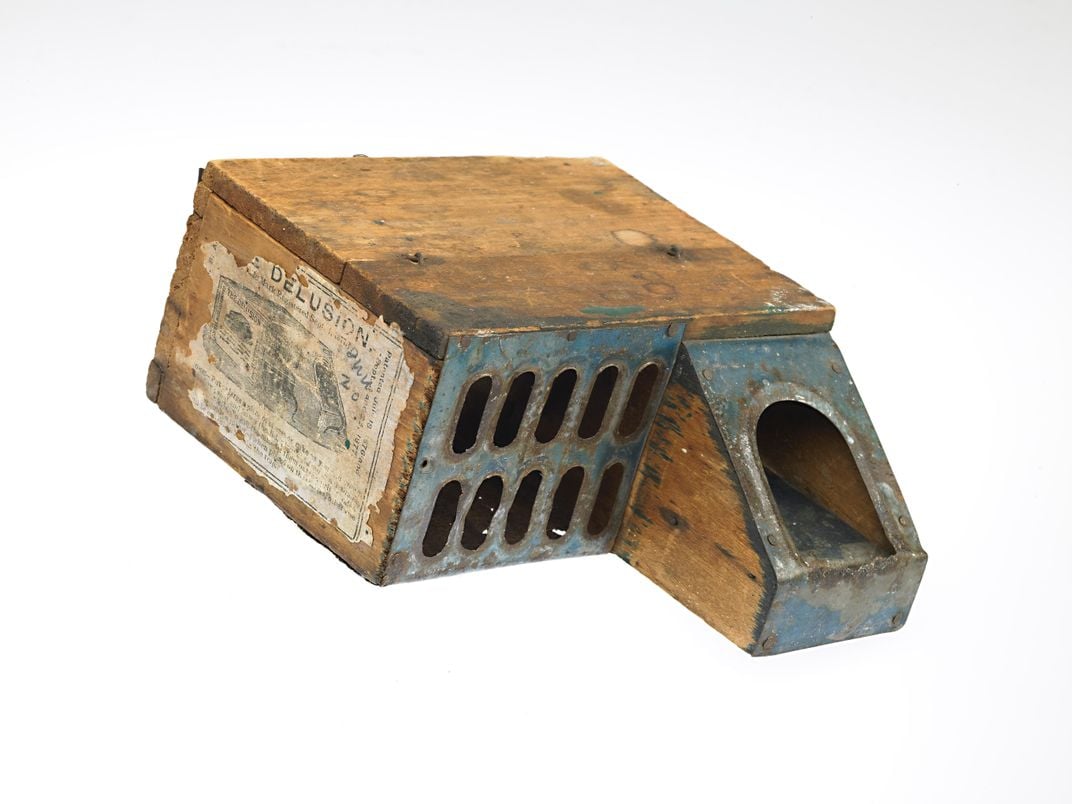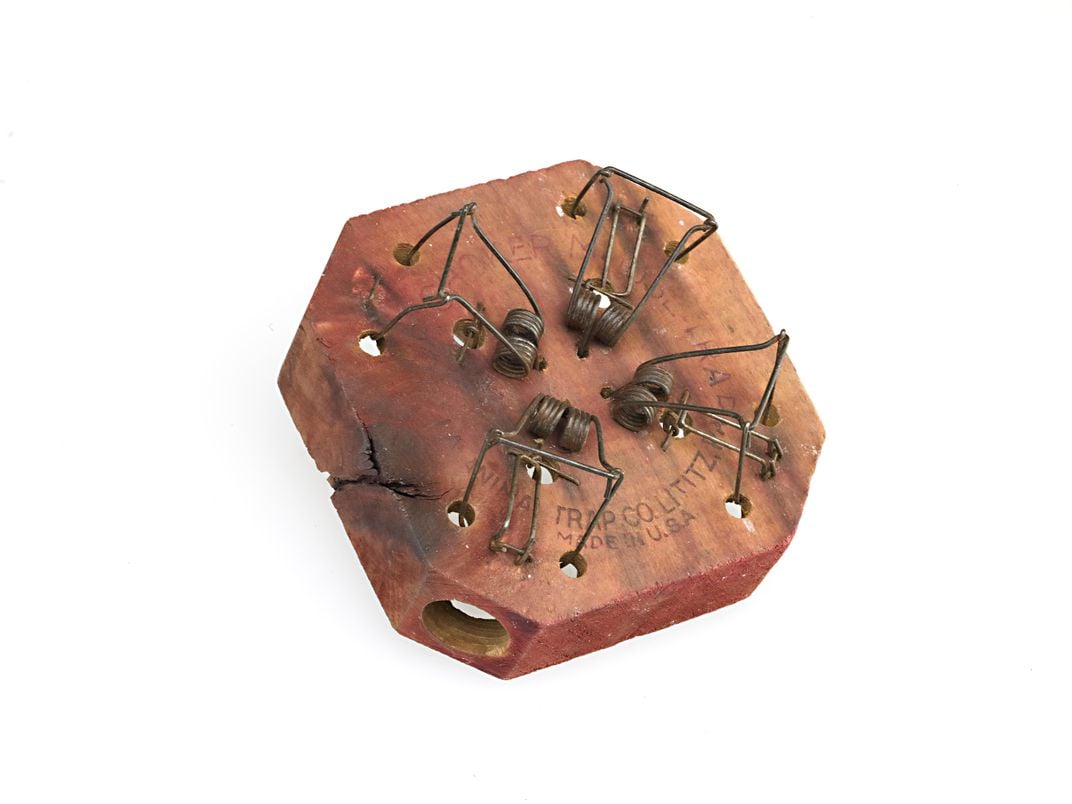The Unceasing American Quest to Build a Better Mousetrap
There has always been some truth to the apocryphal Emerson quote
It is among the most successful inventions of all time, judged by longevity; a touchstone of America’s technological imperative. Build a better one, as Ralph Waldo Emerson might or might not have said, and—well, you know the rest. But within a few years of Emerson’s death, in 1882, the saying was already obsolete: the better mousetrap had been built, the world had chosen it, and the rest, a billion or so mice later, is history.
We are speaking, naturally, of the flat wooden-based snap trap—a household necessity so universally adopted that the Smithsonian National Museum of American History maintains a representative collection of mouse dispatchers—30 or so in all. Originally patented by William C. Hooker in 1894, and modified by John Mast and others, this kind of trap is still turned out, by the tens of millions, in the same factory in Lititz, Pennsylvania, now under the brand name Victor. It is a kind of living fossil of industry, like the horseshoe crab, little altered by the winds of time and evolution. A few years later, one H.D. Gardy was issued a patent for a Combined Pan Lifter, Can Opener and Corkscrew. Try finding one of those at a hardware store.
Still, countless inventors, as if feeling personally challenged by Emerson’s aphorism, have sought to match their ingenuity against the 400-milligram brain of the mouse. The Patent Office still receives applications for 20 or so mousetrap patents annually, and recently has been granting about a dozen each year. The advantage of the snap trap—the metal bar crashing down on the mouse’s head with deadly speed—has the disadvantage of leaving behind a mangled corpse. Fastidiousness about disposing of the victim, or qualms about killing it in the first place, has led to a proliferation of non-lethal traps that allow the captive to be released into nature. The website of the Humane Society of the United States points out that the chances of a house mouse surviving for long out of doors are “very low,” but it will, of course, die out of sight.
Live traps can be as simple as a tube on a pivot that swivels under the weight of a mouse, letting a door fall closed behind it, or as complicated as the Little Valve, whose website describes it as made “for the sensitive in mind.” Its operation, according to the authoritative 20th-Century Mouse Traps, by David Drummond, “requires a mouse to climb up through a hole in the trap floor. When it stands on a treadle to reach the bait on a slide-out tray at the back of the trap, a wooden plug drops down and blocks the hole and prevents the mouse’s escape.”
There’s no reason to think the Little Valve won’t catch mice, but it’s six inches long and costs $22.95, so most people probably aren’t going to use more than one. This is an inefficient approach, according to Jim Fredericks, a vice president of the National Pest Management Association. Professional exterminators use traps in multiples, hoping to wipe out an entire colony in the first couple of nights, after which the survivors might begin to apprehend that traps should be avoided.
The mouse does seem to be evolving. In 1948, the synthesizing of warfarin, a rodent poison, seemed as if it might render traps obsolete, but within a couple of decades a gene for warfarin resistance was increasingly showing up in mice. Seven hundred or so mouse generations after Hooker’s great invention, though, mice are still nibbling on a dab of cheese or peanut butter smeared on a metal tab, releasing the bar and sending a spring-loaded jaw crashing into their skulls in 10 to 12 milliseconds. It is likely to be around as long as there are mice, and people.
